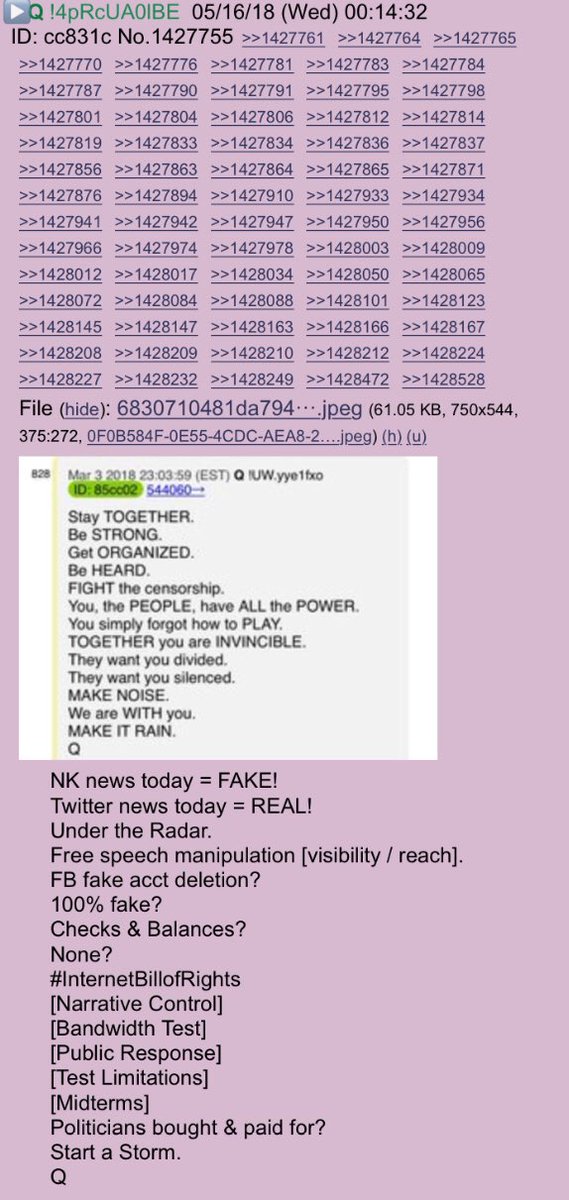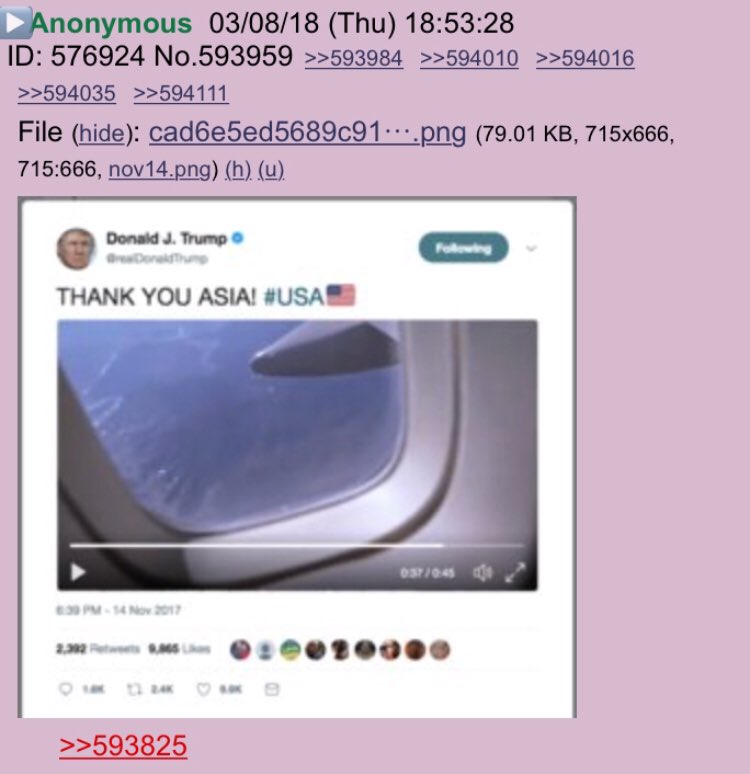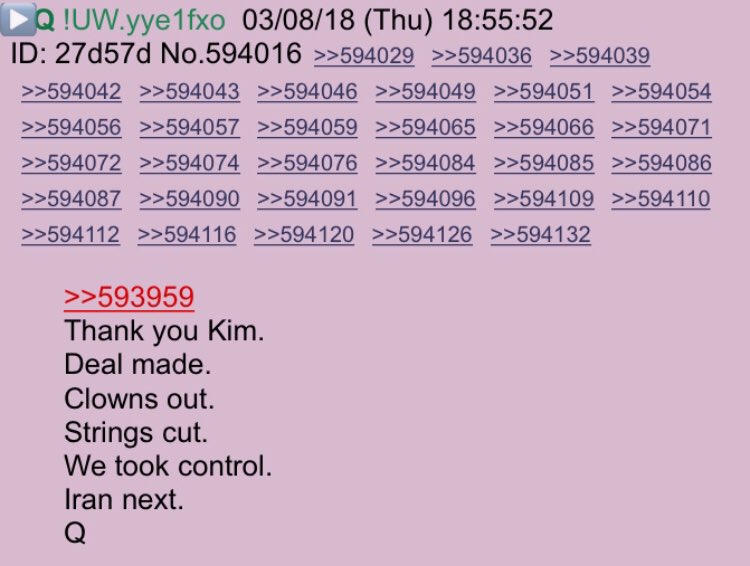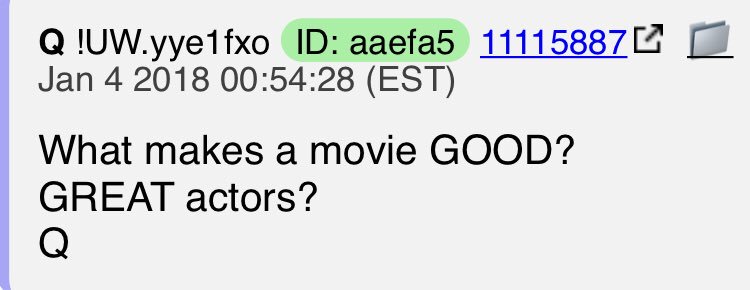nytimes.com/2018/02/13/ups…
1-- that the content in question is political advertising or comparable to political advertising. It is not. The content in question was often not branded political advertising.
/2
3-- the idea that it's hard to know how many people were exposed to disinfo, or actually saw it. Coming to a concrete number is, of course, not realistic. But again - the issue is the network effect --
/11
Anyone trying to tell you there was little impact on political views from these tools doesn't know. Because none of us know. No one has looked. Social media companies don't want us to, and obfuscate. /14
There isn't much evidence it is good at deradicalizing people.
Confirmation bias is powerful, and commonly used in these kinds of operations. /15

























